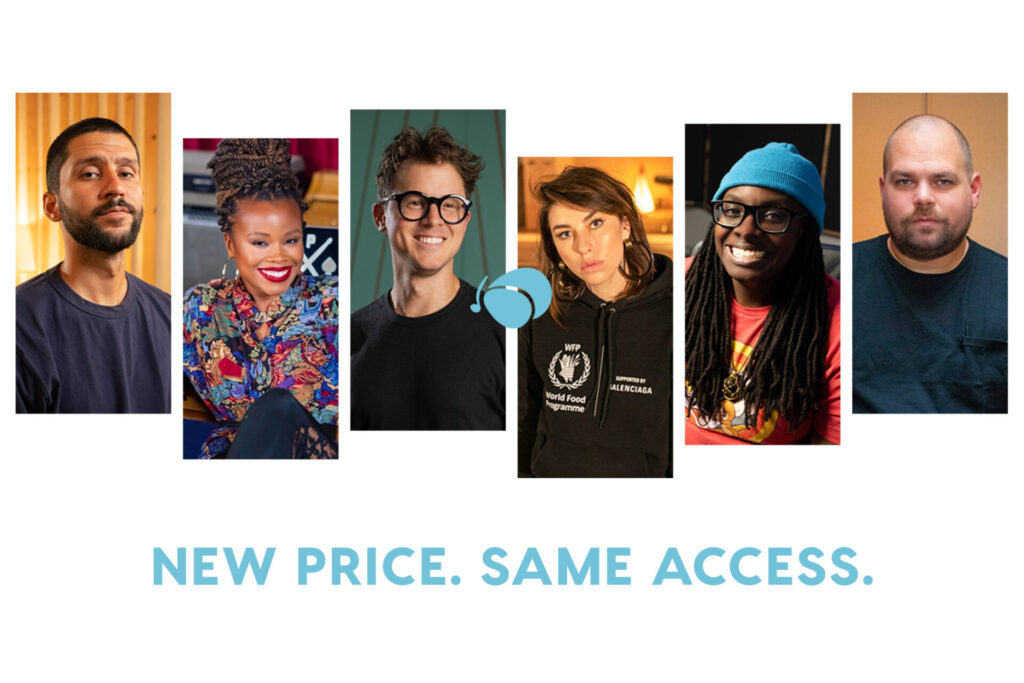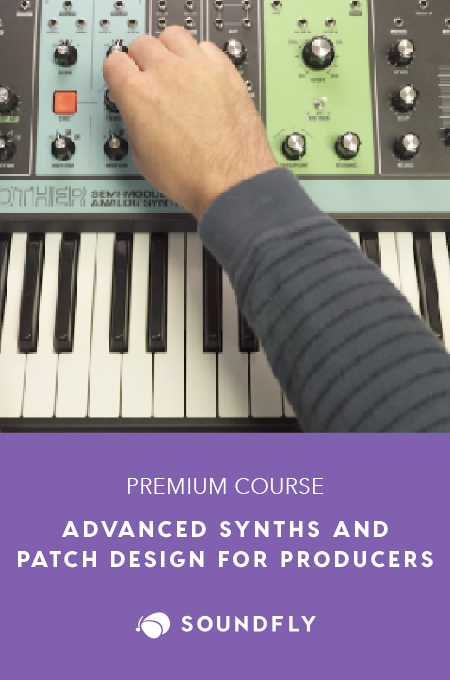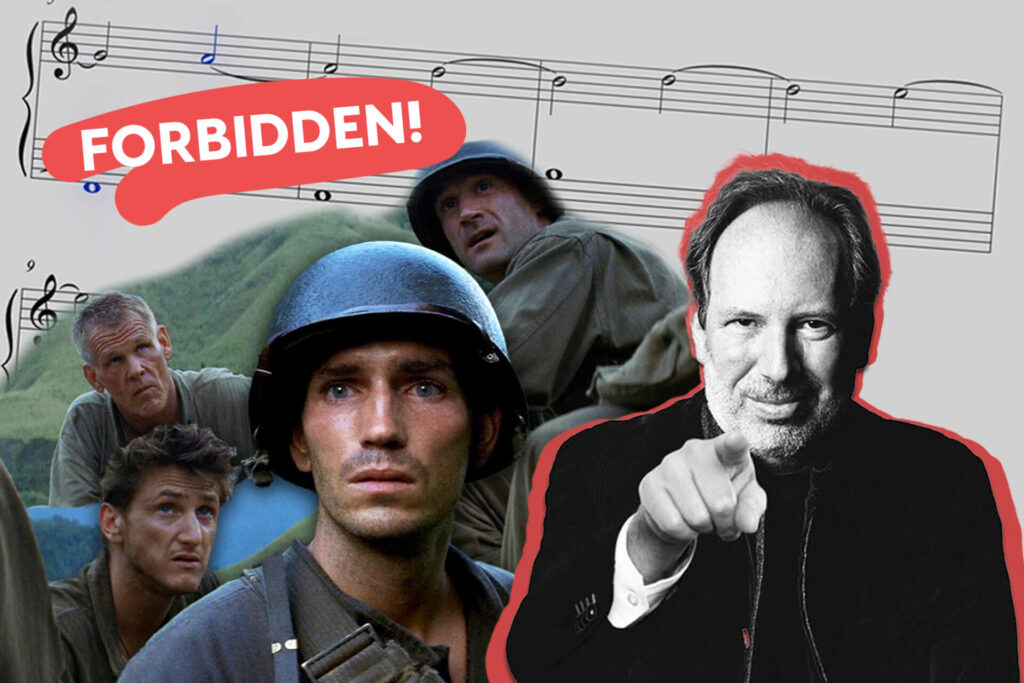+ Learn from Grammy-winning pop artist Kimbra how to harness the full creative potential of your voice in song. Check out her course.
When it comes to defining the meaning of your song, songwriters often rely on the chorus to relay the message across.
While that is a great way to make things clear for the listener, there is an advantage to having the meaning of your song change as it goes along, as though it is progressing as a novel would. Perhaps you want to lead the listener into thinking the song is about one thing but it is really about another.
Playing with the meaning of your song and adding a little intrigue can keep the lyrical lover listening closely, waiting for these twists as the song goes. Here are four ways to play with meaning in your songs.
The Classic Bridge Perspective
A bridge is often the section after the second chorus of a song, if that section does not resemble the other verses (in that case, it would be a third verse). If you offer a new perspective from the character, the bridge can be a clever place to progress the character’s development and give the last chorus a new meaning.
While the chorus would lyrically stay the same, it would hit differently thanks to the new perspective that is offered in the bridge.
This is a classic piece of advice to songwriters and used in countless songs. Here it is in “when the party’s over” by Billie Eilish.
Verse:
Don’t you know I’m no good for you?
I’ve learned to lose you can’t afford to
Tore my shirt to stop you bleeding
But nothing ever stops you leaving
Chorus:
Quiet when I’m coming home and I’m on my own
I could lie, say I like it like that, like it like that
I could lie, say I like it like that, like it like that
The verse and chorus describe a destructive relationship where neither parties are good for each other, but stay together. It continues the same way until the bridge where there is a new revelation, and it gives a sense of development at the end of the song.
The last chorus is lyrically the same but feels different.
Bridge:
But nothing is better, sometimes
Once we’ve both said our goodbyes
Let’s just let it go
Let me let you go
+ Read more on Flypaper: “Collaborative Songwriting: A Quick and Dirty Introduction to Using Split Sheets.”
Flip the Script in the Second Verse
Instead of waiting until the bridge, you can flip the script in the second verse. In this case, the song would start out in one way and by the end of the first chorus, the listener would have a clear understanding of what the song is getting across. Then, by flipping the script in the second verse and giving away new information, it will change the meaning of the chorus.
This could progress the song in real time as the songwriter is “learning” lessons as they are writing. If a listener is following along from the beginning, they will see the character growing as the song goes along. If the song starts with the chorus, each verse could flip the script and give each chorus a new meaning.
This is “Dear August” by PJ Harding and Noah Cyrus.
Here, the first verse, pre-chorus, and chorus all read purely as the writer missing someone or being lonely.
Verse One:
Slowly
Why’s the morning come so slowly
When I got no one to hold me through the dark?
Patient
They tell me that love is patient
But it never wants to wait on my drunk heart
Pre-Chorus:
So I take all of my, all of my, all of my
Wasted love
And turn it into wine, into wine, into wine
In my cup
Chorus:
Oh, dear August
Tell me that there’s light
At the end of all this starless night
Dear August
Please don’t let me fall
‘Cause I don’t know
Where this road is headed anymore
At the second verse, it is revealed that the person they may have been pining for was not as perfect as they seemed.
This gives a new meaning to the pre-chorus and chorus, which remain the same, about their “wasted love” on this person we have now learned about, as well as the “road” away from them.
Verse 2
Fading
Now the summer heat is fading
I spend every evening praying for the dawn
Save me
Looking for someone to save me
Give me everything you gave me but your scorn
+ Enjoy access to Soundfly’s suite of artist-led music learning content for only $12/month or $96/year with our new lower price membership. Join today!

A Misleading First Verse
Although this is less common, having a verse lead to the chorus in one way and then go the opposite direction for the chorus plays with what the song is describing. The verse could also be vague, which is generally not recommended, but when done well, a vague verse will offer up the exact right amount of detail that keeps the listener hooked.
As the song continues, the suspense will build and the listener will realize by the chorus that what they thought the song was about is not true. The chorus should reveal the exact details and the first verse will read differently on the second listen.
A misleading first verse is different than a deceptive title since the title might actually give away the true meaning of the song. Look at “Birthday” by Maisie Peters, where the verse is vague enough to imply a dysfunctional relationship, but unless you saw the title, you might not guess she is writing about her birthday.
Verse:
You would always show up late
A deck of excuses in your hands
I would be the first to claim I didn’t mind
I understand
I put all my songs into a tape
All my words you held inside your hand
And I don’t think you ever even listened to them once
I understand
Waiting around, still halfway hopeful that you’ll show
You said you’d call, of course you won’t, I should’ve known
In the chorus, she reveals that her birthday is the true meaning of the song. This could also change this song from being about a love relationship to a familial one.
Chorus:
You’re not here again, I’m not surprised
I hate how long it took to realize
You don’t remember or you just don’t care
Today’s my birthday
And you’re still not there
You’re still not there
+ Read more on Flypaper: “Chorus Impact Accentuators, Explained
A Deceptive Title or Chorus Hook
How many times have you seen the song title “With You” and thought you would rather never write a song with that name? A fun challenge is to use a well-traversed song title and twist the meaning around. The easiest way to do this, of course, is to mean the opposite of whatever the title might imply.
You can see that in “Happier” by Ed Sheeran.
Cause baby you look happier, you do
My friends told me one day I’ll feel it too
And until then I’ll smile to hide the truth
But I know I was happier with you
The title here would imply the song is about being happier, likely “happier without you,” which is something we have all heard many times before. By using the opposite meaning, it gives the song new life and surprises the listener who may have chosen to listen, expecting an upbeat tune.
As a songwriter, these are great challenges that you can incorporate in your next song, as well as something that will spice up your writing progress. While you will likely not use all of these ways to play with meaning in the same song (that would be very ambitious), using one of these can be a great strategy to get that element of surprise in your songwriting.
Be sure to test out your song on a friend to see if it worked!
Don’t stop here!
Continue learning with hundreds of lessons on songwriting, mixing, recording and production, composing, beat making, and more on Soundfly, with artist-led courses by Ryan Lott, Com Truise, Jlin, Kiefer, RJD2, and Kimbra: Vocal Creativity, Arranging, & Production.




